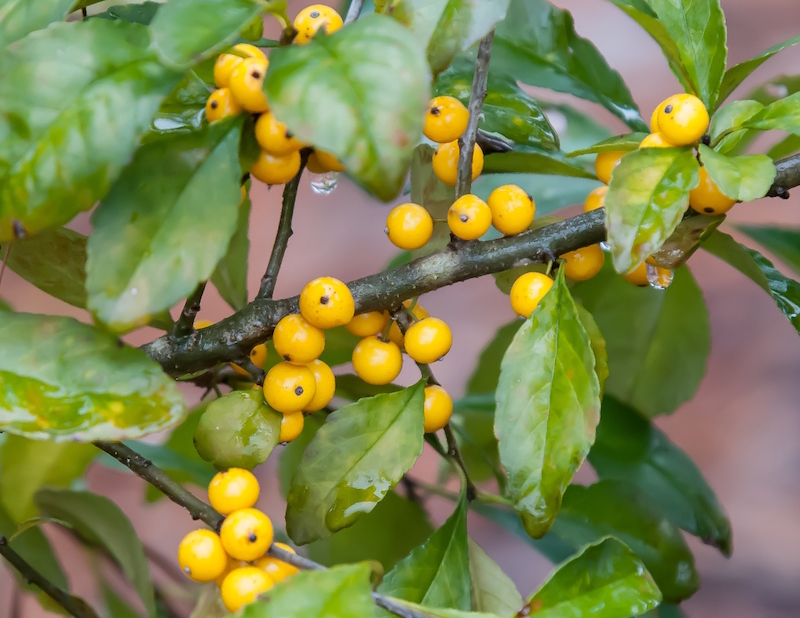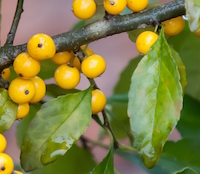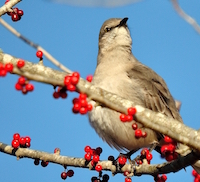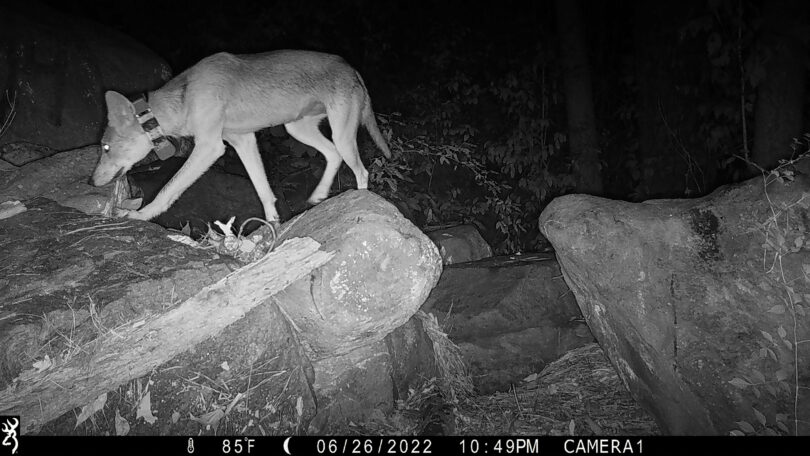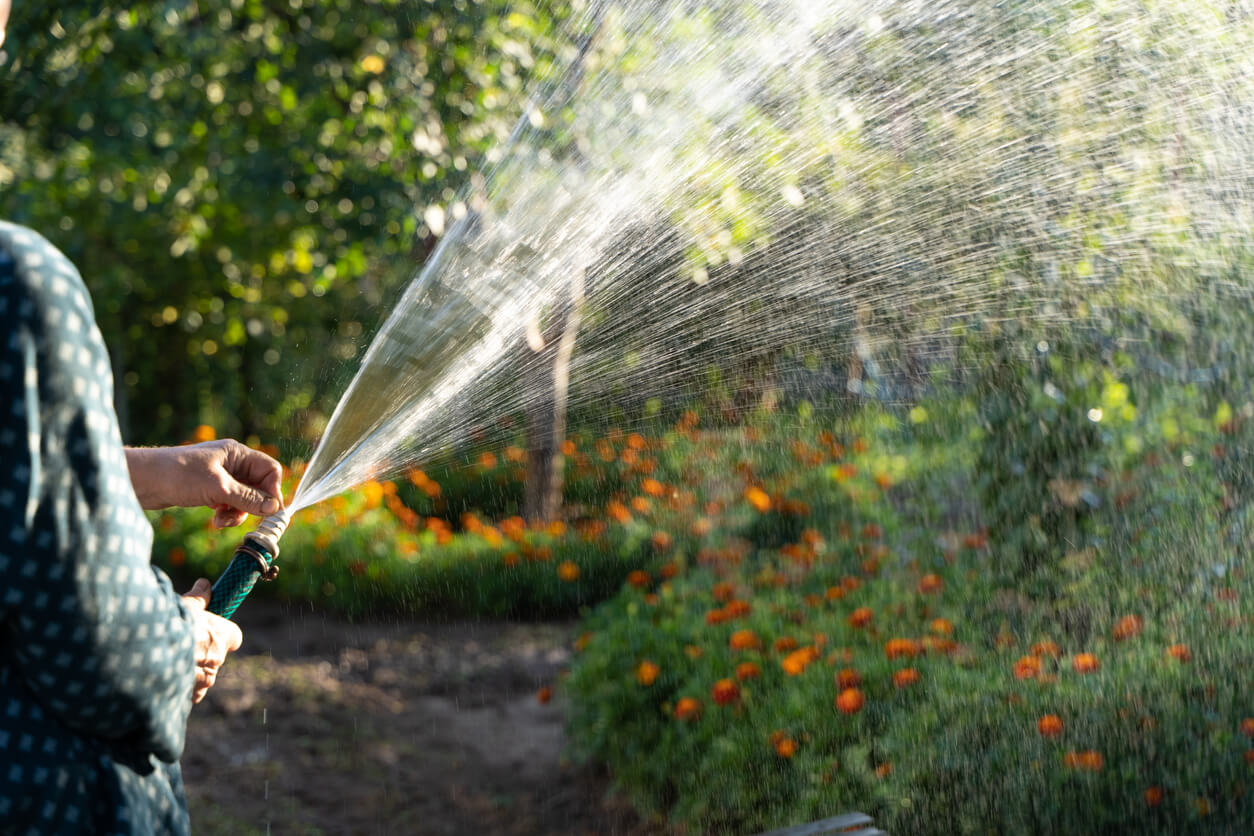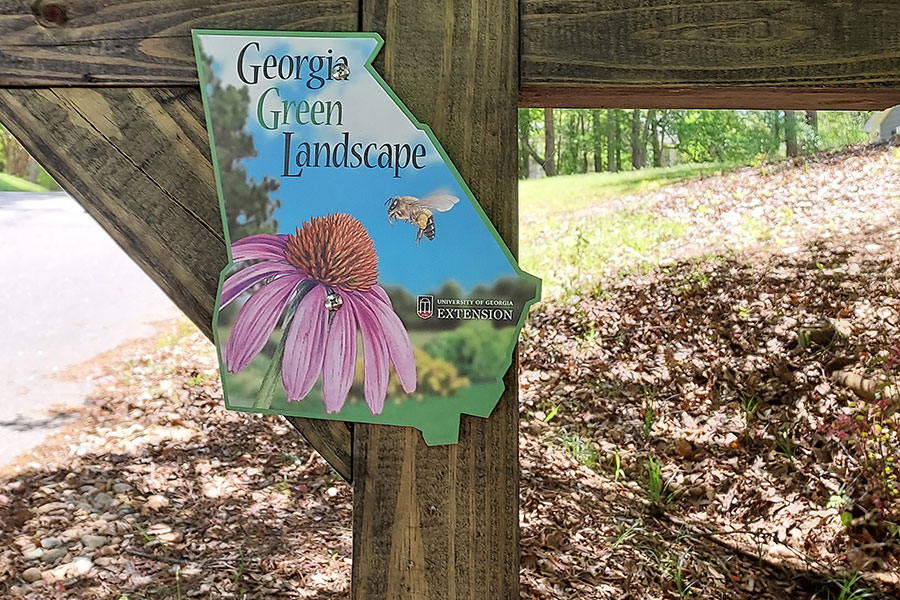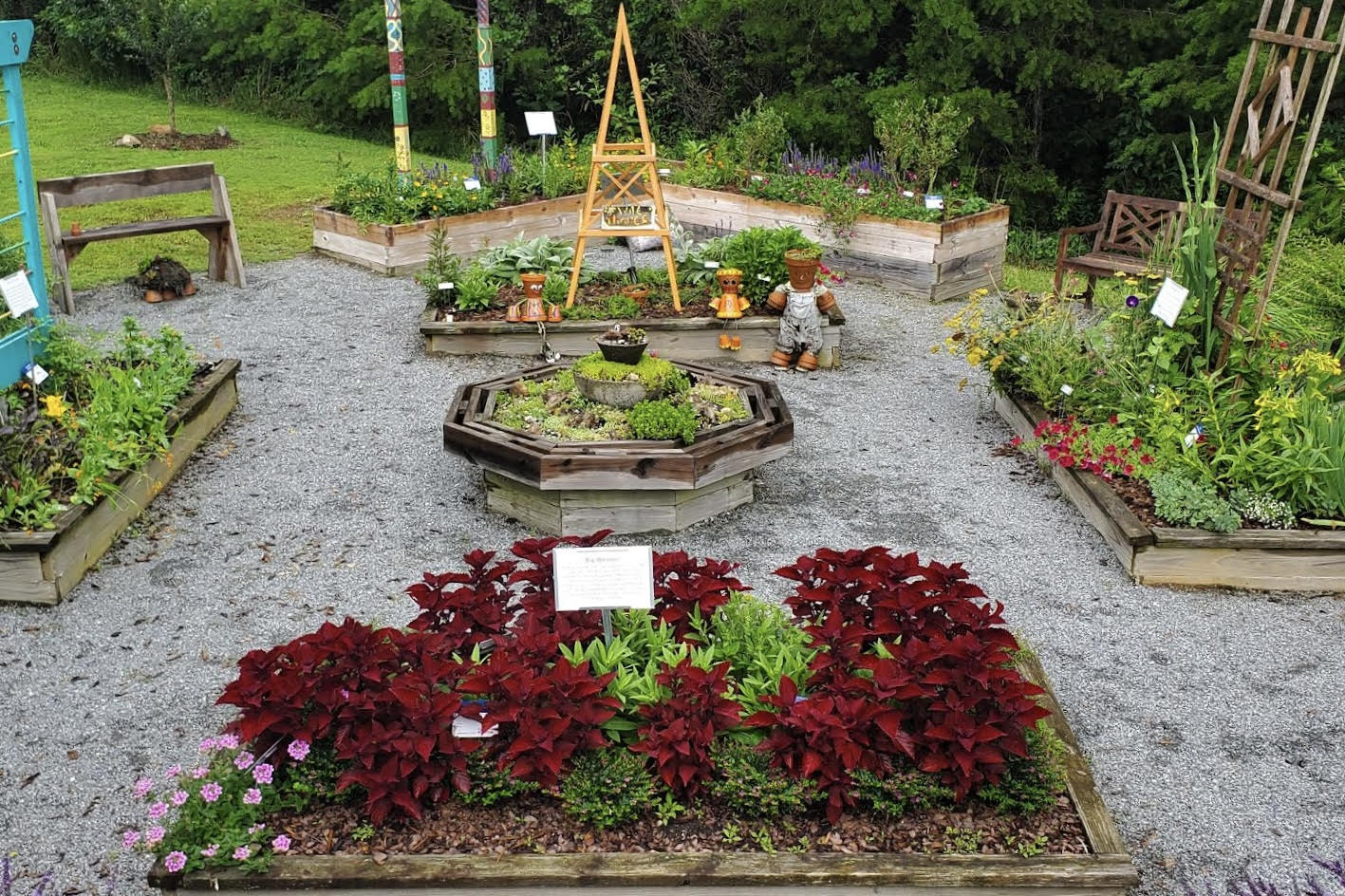This time of the year, everyone is thinking of decking the halls with hollies and their colorful red berries, but you just may want to consider adding a touch of gold. Can you even imagine hollies with bright golden berries? These would show out in the landscape like small trees or shrubs adorned with a thousand little golden lights — and the same for the mantel! My preference, however, would be to see birds celebrating with a Christmas feast.
Here at the Coastal Georgia Botanical Gardens (CCBG) at the Historic Bamboo Farm in Savannah, Georgia, we are like the holly headquarters for the low country. We’ve got the imports, the hybrids and fantastic natives that most have never seen. Two of my favorites are outstanding deciduous natives; the possumhaw (Ilex decidua) and the winterberry (Ilex verticillata).
The possumhaw is native to 19 states from Texas to Illinois, eastward to Maryland and everywhere south. The possumhaw has been known to feed nine species of birds, including the beloved bobwhite quail. The winterberry, on the other hand, is native to a much larger area, including 33 states and much of Canada. It feeds at least 20 species of birds and has been in cultivation since 1736. That makes it heirloom status in my book.
Please don’t let the fact that these holly varieties are deciduous discourage you from trying them in the landscape, because when the leaves diminish or fall, the berries are even more dazzling. As you are probably guessing, both the winterberry and the possumhaw have superior selection in both red and golden berry form.
‘Finch’s Gold’ is the selection of possumhaw holly that we are growing, and your first thought may have been that it gets its name from the bird you may see devouring the fruit. The truth is that it is named for Bill Finch, who discovered it in Mobile, Alabama. This terrific plant is cold hardy from zones 5 through 9 and can form a small tree 12 to 15 feet in height with a spread of 10 feet. We are also growing ‘Warren’s Red,’ a superior selection that loads up with uncountable red berries.
Our winterberry hollies are more shrub-like, reaching 5 to 8 feet in height. The winterberry is more cold hardy with zones from 3 to 9. We are growing ‘Winter Red’ and ‘Winter Gold,’ both of which offer staggering beauty with their colorful fruit.
Possumhaws and winterberries are easy to grow and good nurseries normally have them. Regardless of the varieties you choose, plant in sun to partial sun and in the same places you might plant a crape myrtle. Use them to frame entryways for special accents or along driveways and around the patio. Anywhere the landscape looks drab in the winter is a great place for the possum haw or winterberry holly to brighten. It is always a good idea to include a male variety in close proximity to ensure maximum berry production.
One well-known horticulturist said that you could garden for 12 lifetimes and never see an insect or disease bothering the plant. In most years, however, our berries are stripped by cedar waxwings, American robins or mockingbirds, which always seem to stake a claim. These pests will most likely cause a family celebration and bring out the cameras.
This winter and spring, when you are at your garden center choosing new trees or shrubs, look for hollies loaded with fruit and bearing no leaves — you just may strike gold with a great selection of one of our native species. To learn more about the Coastal Botanical Gardens, visit http://www.coastalgeorgiabg.org/ and follow me on Twitter: @CGBGgardenguru.

